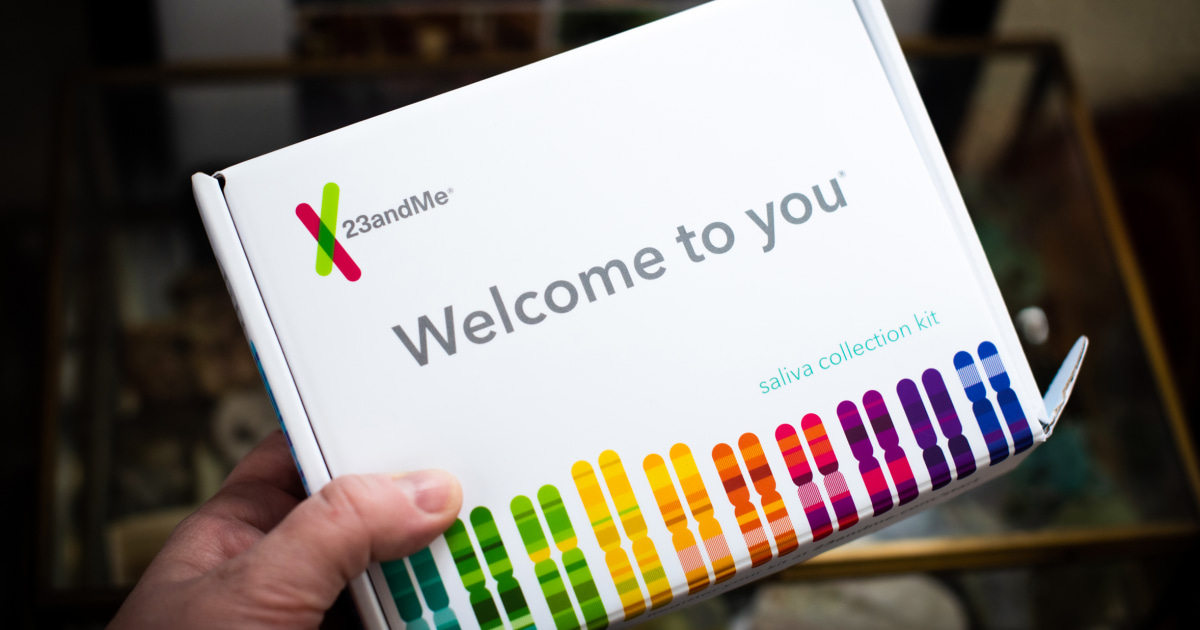Genetic testing company 23andMe said Monday that hackers were able to access the data of about 6.9 million people, far more than the company previously acknowledged.
The finding is the result of an investigation 23andMe launched in October, after at least one list of people whom the site identified as having Ashkenazi Jewish ancestry was posted online.



“If the data was properly encrypted and only decrypted on the user’s machine with the key.”
TLS is “encryption” that is “only decrypted on the user’s machine with [a] key”. I feel like I’m completely misunderstanding what sort of protocol you have in mind though.
This breach was a failure of authentication via reused passwords. It’s the exact scenario WebAuthn is designed to mitigate. I have no idea how you could consider it to be “marginally relevant”.
I don’t know what you mean. Just that the database should be encrypted (I have no reason to believe it wasn’t) or that the company should encrypt the data such that the only person who can view it at all is the person whose account it is for?